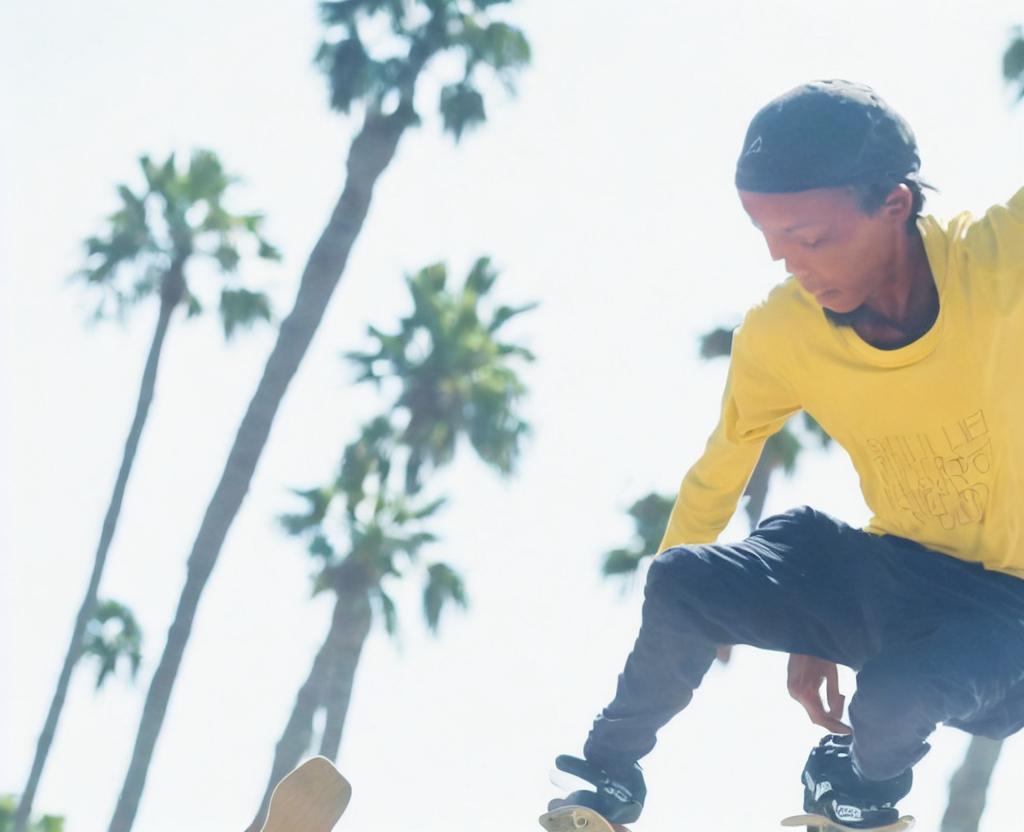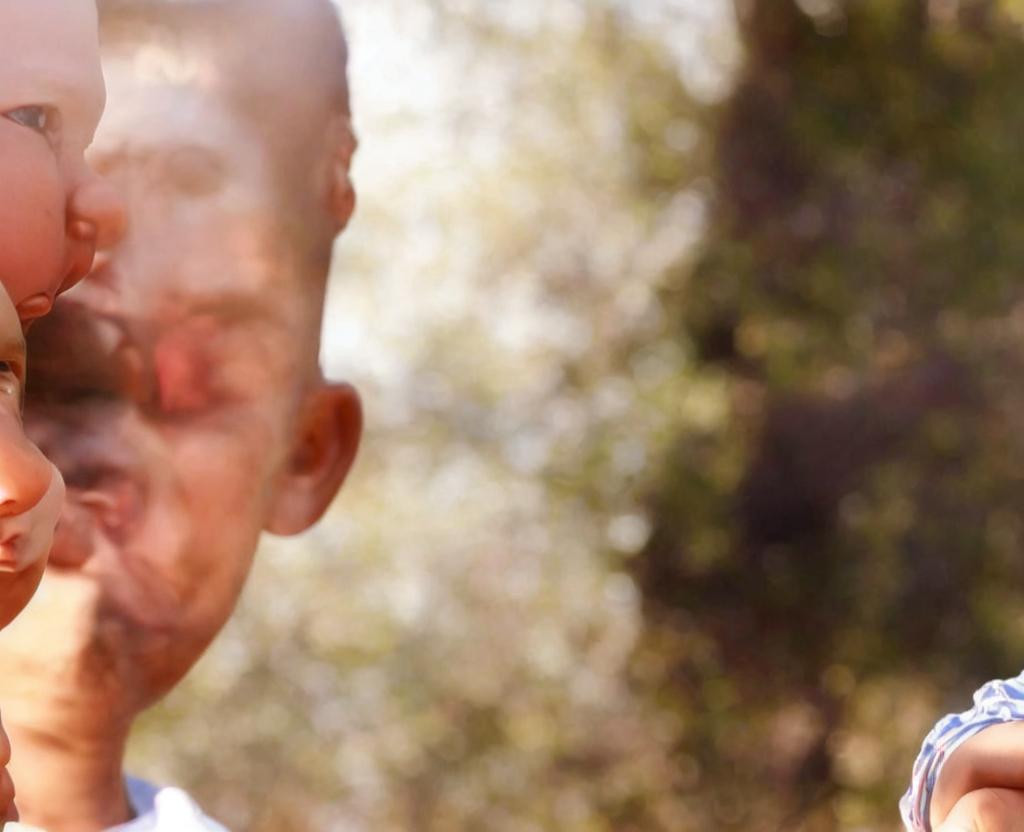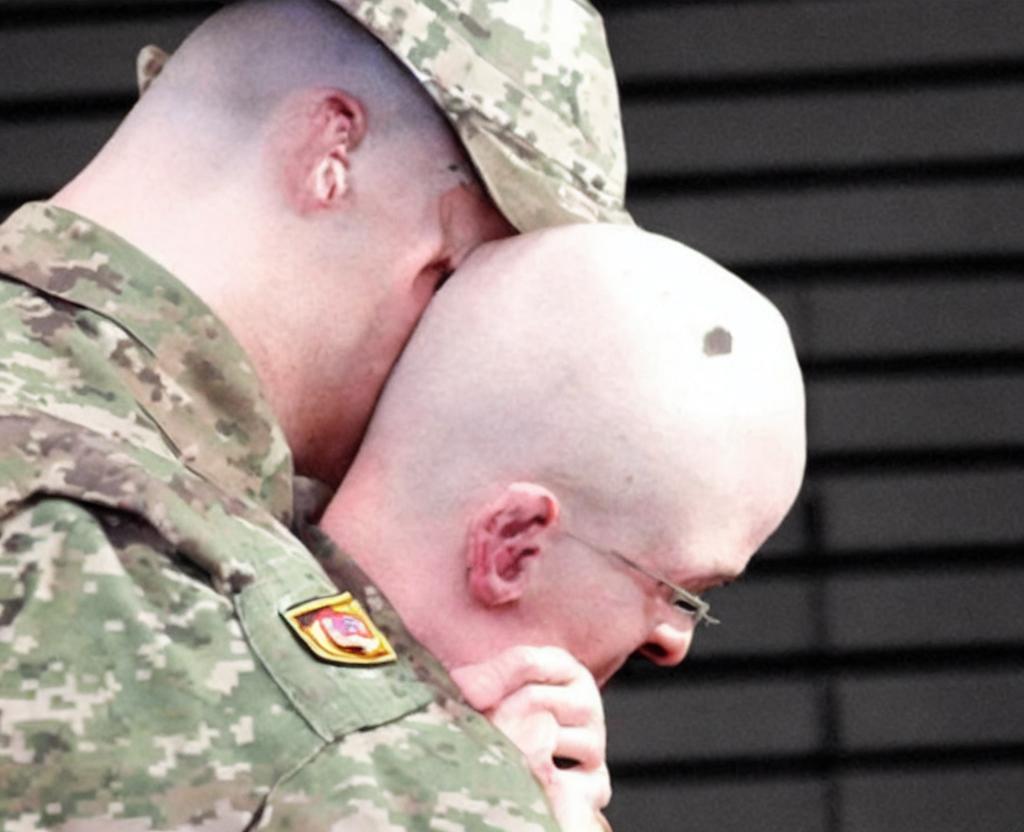
Marching Music Day
On Marching Music Day, every March 4th, March forth to the rhythm of life. The dedicated musicians and performers of many genres and backgrounds are lauded by many styles and backgrounds. Marching Music Day honors many art styles that have brought us music on the move.
Military units have been tison for centuries, as the beat of a drum has kept military units moving in unison. Marching music delights performers and audiences alike, from the playing field to the battlefield, the football stadium to the Broadway stage, marching music delights performers and fans. From the battlefield to the Broadway stage, marching music delights performers and fans. They also perform in small gyms, auditoriums, and grand arenas. Music comes alive in small parades, fifers, pipers, buglers, drum corps, marching bands, parade squads, drill teams, and color guards. From small parades to spectacular spectacles, fifers, pipers, pipers, buglers, drum corps, drum corps, marching bands, parade bands, drill teams, and color guards. When rousing a crowd to an ecstatic roar, they bring audiences to their feet.
Military roots & technology are embedded in military roots & technologies, which have a huge influence on military roots & technology
Did you know, the drum corps' military roots have shifted over time? Did you know? Marching music moves us through somber memorials as a well-rooted art form.. And yet, it is also thrilling to us with its ability to play delectable music and execute intricate routines with exact precision. Drill squads, marching bands, drum lines, and drum corps are just a few of the many styles of marching music. They attract hundreds of thousands of performers of all ages, abilities, and experience levels.
In schools, military units, community festivals, and local auxiliaries, marching music is prevalent in classrooms, military units, community festivals, and local auxiliaries. The music is as varied as the ensembles themselves, as well. In some situations, instruments may be limited to brass, but in others, woodwinds and electric guitars may be used. Dance companies, baton twirlers, and color guards perform to current soundtracks. They take center stage with performances ranging from traditional, traditional marches to rock and roll, jazz, contemporary, and electro dance music.
In addition, marching music is also evolving. Spectacular string bands use their own unique sound and intricate costuming techniques. Technology has made it possible for musicians to march with violins, cellos, basses, and synthesizers to entertain audiences in new and exciting ways.
How to celebrate #marchingmusicday.comdaycom
March is the forth!! Support your local marching music groups. There are several ways to participate.
- Join their shows and welcome new followers with you
- Contributing to their funds helps support their charities
- Consider joining the band if you're a musician
- Teach others by sharing your experience. Educate others
They will be grateful for your help whether it be through a school, a veterans group, or an independent group. And you will love the entertainment and music! To show your love on social media, use the hashtag #MarchForth #MarchingMusicDay to tweet your love.
History of marching music day has a long tradition
Marching Music Day was founded in the United States to celebrate marching music as an exciting and ever-expanding art form around the world. Music In Our Schools Month is also commemorated on the day. The observance chose March Fourth as a clever play on words.
Marching music FAQ
Where will a marching band perform? Q. Where can I see a marching band perform?
A. Marching bands appear in a variety of venues. The following are a few of them include: Among them are::
- Military ceremonies
- Parades
- Sporting events
- Music competitions
- Festivals
Q. What movies feature marching bands?
A. There are a few films that feature marching bands, including: A. A.
- The Music Man
- Drumline
- Drumline: A New Beat
- Our Song







